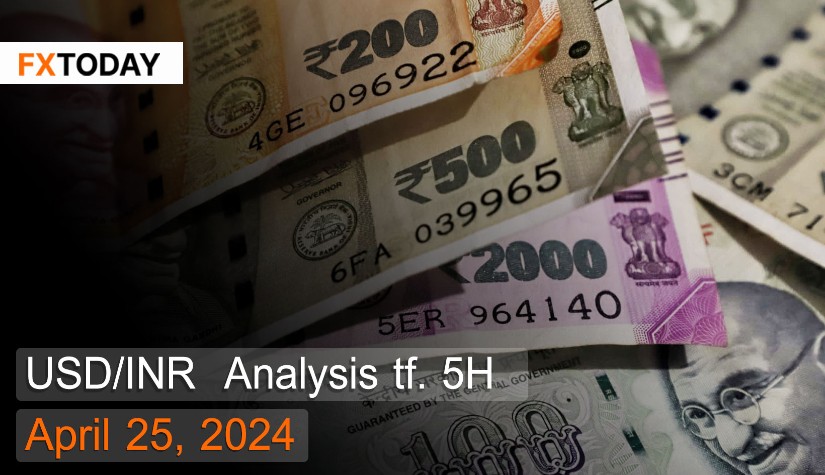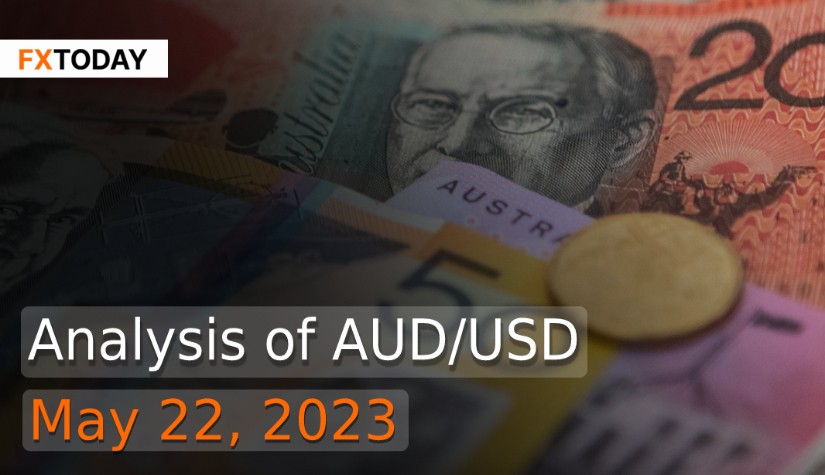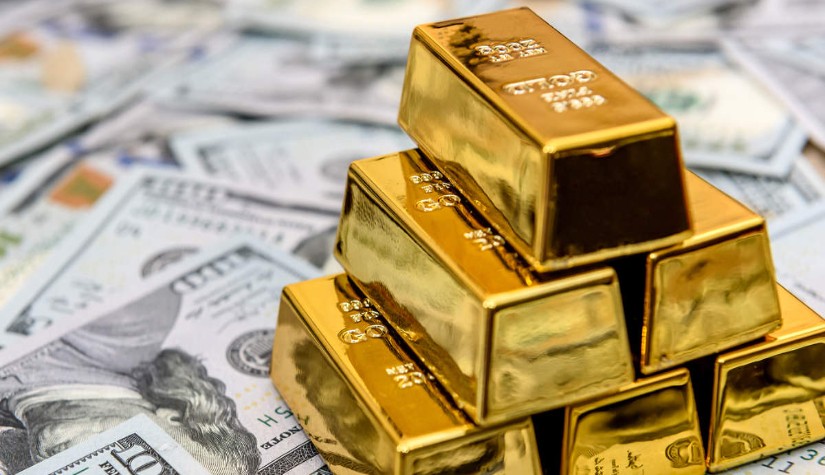India's inflation rate may rise again.
The Indian rupee has slightly depreciated after strengthening in the past week as investors received signals from the RBI of additional infrastructure support. Political instability remains another key factor putting pressure on the rupee during this period. Additionally, decreasing energy prices may reduce production costs and potentially affect inflation rates in the future.
India's trade deficit decreased to $15.6 billion in March, down from $18.1 billion the previous year. This reduction was attributed to a slight decrease in exports by 0.7% annually to $41.7 billion, while imports plummeted by 4.5% to $57.28 billion, mainly due to reduced gold purchases, which decreased by $1.5 billion.
India's inflation rate decreased to 4.85% from 5.09% in February, primarily due to continuous increases in food and commodity prices. The ongoing effects of El Niño continue to significantly impact India's economy directly, exacerbating agricultural crop shortages and rapidly increasing vegetable prices. Meanwhile, clothing and housing prices have seen slight increases in line with consumers' increased spending ability. Energy demand remains stable as production capacity continues to grow at a rate similar to the past.
India's Manufacturing PMI reached 59.1 in April, indicating rapid factory activity growth over the past decade. Both domestic and international demand for products and new orders continue to grow strongly, leading to continuous job creation in manufacturing activities. Moreover, reduced raw material costs have made production cost control easier for companies.
Service PMI increased to 61.7 in April, marking 33 consecutive months of service sector growth. Increased new orders have expanded the service sector's capacity further. However, job creation in the service sector has not increased significantly.
The yield on India's 10-year government bonds has increased to over 7.2% due to high and prolonged interest rates, coupled with uncertain agricultural conditions. This has led investors to lower expectations of RBI rate cuts. Additionally, the anticipation of higher inflation due to food-related pressures has pushed the rupee to its lowest levels in history.
Techical analysis data (5H)
Resistance: 83.404, 83.443, 83.482
Source: Investing.com
Buy/Long 1: If the price touches support in the price range of 83.287 - 83.326 but cannot break the support at 83.326, you may set a TP at approximately 83.443 and SL at around 83.249 or according to your acceptable risk.
Buy/Long 2: If the price breaks the resistance in the price range of 83.404 - 83.443, you may set a TP at approximately 83.482 and SL at around 83.287 or according to your acceptable risk.
Sell/Short 1: If the price touches resistance in the price range of 83.404 - 83.443 but cannot break the resistance at 83.404, you may set a TP at approximately 83.287 and SL at around 83.482 or according to your acceptable risk.
Sell/Short 2: If the price breaks the support in the price range of 83.287 - 83.326, you may set a TP at approximately 83.249 and SL at around 83.443 or according to your acceptable risk.
Pivot point April 25, 2024 07:58 PM. GMT+7
|
Name
|
S3
|
S2
|
S1
|
Pivot Points
|
R1
|
R2
|
R3
|
| Classic | 83.249 | 83.287 | 83.326 | 83.365 | 83.404 | 83.443 | 83.482 |
| Fibonacci | 83.287 | 83.317 | 83.335 | 83.365 | 83.395 | 83.413 | 83.443 |
| Camarilla | 83.345 | 83.352 | 83.359 | 83.365 | 83.374 | 83.381 | 83.388 |
| Woodie's | 83.251 | 83.288 | 83.328 | 83.366 | 83.406 | 83.444 | 83.484 |
| DeMark's | - | - | 83.346 | 83.375 | 83.424 | - | - |
















